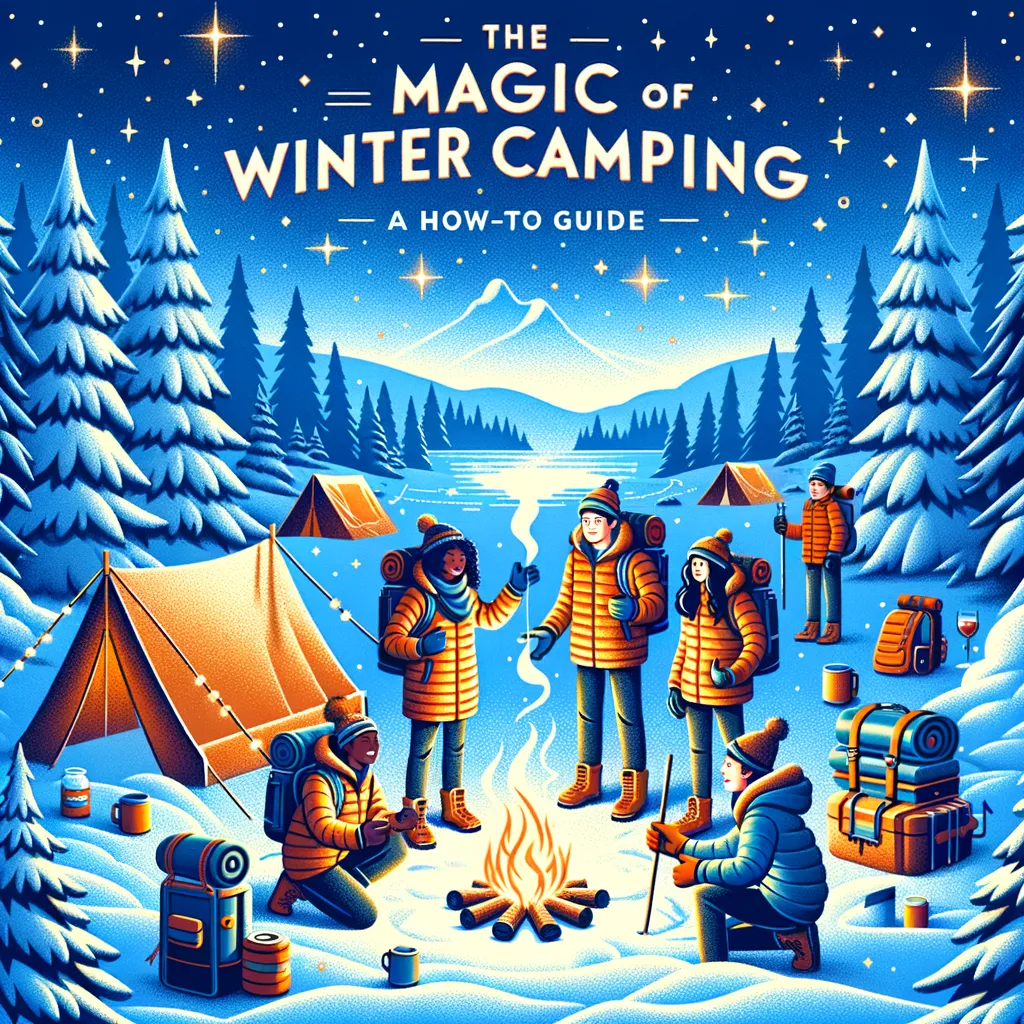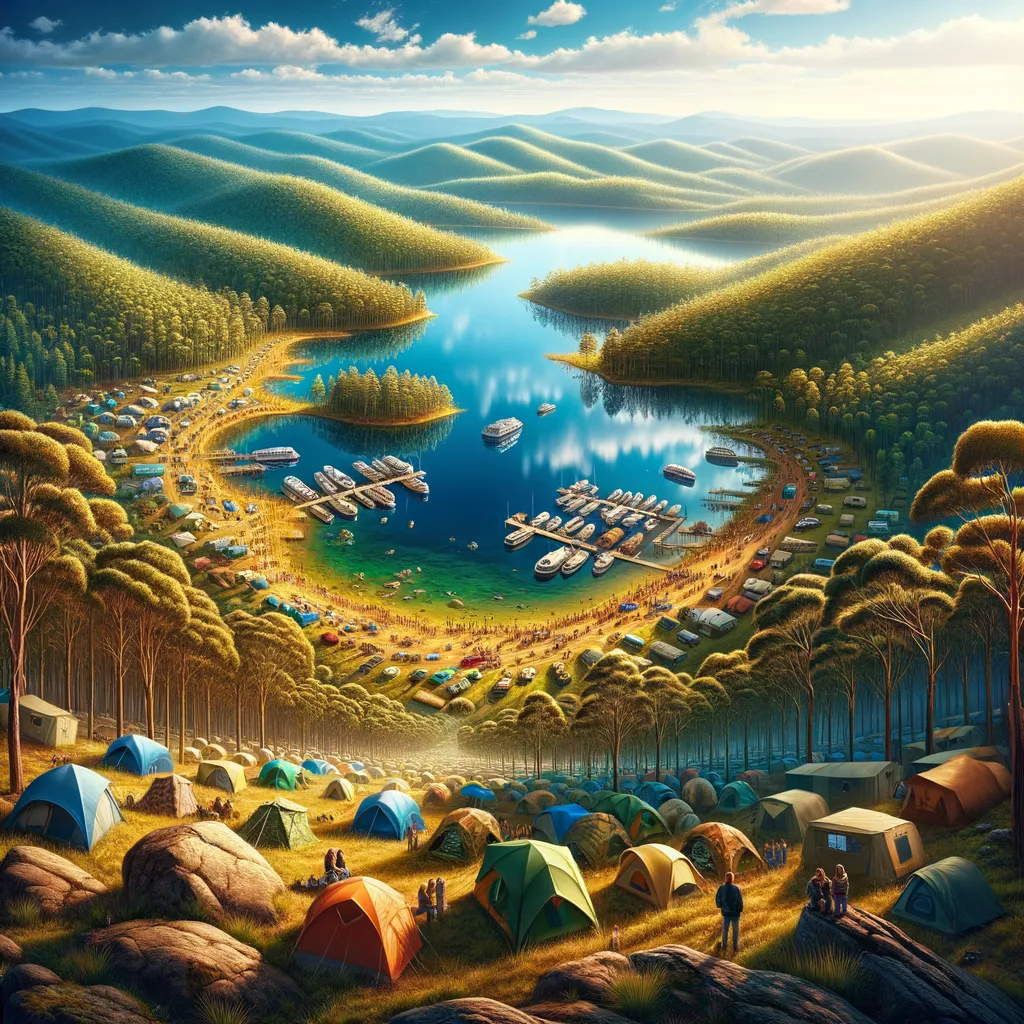Exploring the Tradition of Public Lands in America: A Guide for Parents
Welcome to our deep dive into the tradition of public lands in America! As parents, instilling a love and respect for nature in our children is one of the greatest gifts we can give. It not only teaches them about the beauty of the world around us but also about responsibility, conservation, and the importance of preserving our natural heritage for future generations. In this comprehensive guide, we’ll explore the rich history, significant landmarks, and how you can make the most of these national treasures with your family.
The History of Public Lands in America
The concept of public lands in the United States is as old as the country itself. These lands, owned by the federal government, are held in trust for all Americans to enjoy. The history of public lands in America is a fascinating journey that begins with the signing of the Declaration of Independence and continues through the present day.
Initially, public lands were viewed as a resource to be sold or given away to encourage settlement and development. However, as the nation grew, so did the appreciation for these lands’ beauty and ecological importance. This shift in perspective led to the creation of the first national park, Yellowstone, in 1872, a move that marked the beginning of the public lands tradition in America.
Why Public Lands Matter
Public lands serve a myriad of purposes: they protect the environment, preserve historical and cultural resources, and offer recreational activities that can’t be found elsewhere. From the serene forests of Shenandoah National Park to the rugged beauty of the Grand Canyon, public lands are a testament to the diverse and unrivaled landscapes of the United States.
For families, these lands provide an unparalleled opportunity to explore, learn, and play. Whether it’s hiking, camping, or simply enjoying a picnic, there’s something for everyone to enjoy in America’s public lands.
Creating Memorable Experiences with Your Family
One of the best aspects of America’s public lands is the sheer variety of experiences they offer. With over 400 national parks and millions of acres of land across the country, the possibilities for adventure are endless. To help you get started on your family’s exploration, here are a few tips:
- Start Local: Begin your adventure with local state parks and forests. They are often less crowded and just as beautiful as their national counterparts.
- Plan Ahead: Many popular national parks require reservations or have specific visiting seasons. Planning your trip in advance ensures you won’t miss out.
- Engage with Nature: Encourage your children to journal, draw, or photograph their experiences. This not only enhances their visit but creates lasting memories.
- Educate: Take advantage of the educational programs offered by many public lands. Ranger talks and guided tours can enrich your family’s knowledge about the environment, wildlife, and history.
Embracing the tradition of public lands in America is not just about enjoying the great outdoors; it’s about bonding with your family and creating memories that will last a lifetime. It’s also an opportunity to teach our children the value of conservation and the importance of preserving these lands for future generations.
In the next section of our guide, we’ll delve deeper into how to make the most of specific public lands, highlight some hidden gems across the country, and share tips on how to engage your children in the conservation effort. Stay tuned as we continue our journey through America’s vast and beautiful public lands!
Exploring the tradition of public lands in America with your family is an enriching experience that combines adventure, education, and conservation. By understanding the history and importance of these lands, you can foster a deeper appreciation for the natural world in your children, ensuring a legacy of stewardship and enjoyment for generations to come.
Exploring the Tradition of Public Lands in America: A Guide for Parents
Welcome to our insightful journey into the tradition of public lands in America! This guide is dedicated to all the parents eager to instill in their children a profound appreciation for nature’s splendor, the significance of conservation, and the essence of preserving our invaluable natural heritage for the generations that follow. Embarking on adventures across America’s public lands is not only about basking in the breathtaking beauty of these surroundings but also about fostering family bonds and teaching our young ones the importance of environmental stewardship. As we dive deeper, let’s unpack the rich history, highlight significant landmarks, and offer tips on how you can leverage these natural treasures to create unforgettable experiences with your family.
Understanding the Importance of Public Lands
The tradition of public lands in the United States is intertwined with the nation’s very foundation. Regarded as treasures, these lands, managed by the federal government, are a legacy for all Americans to cherish and enjoy. The evolution from lands earmarked for settlement and development to protected areas celebrating America’s diverse ecosystem reflects a collective acknowledgment of their beauty, ecological value, and historical significance. The inception of Yellowstone National Park in 1872 paved the way for the conservation movement, heralding a new era of public land appreciation that continues to thrive today.
Five Essential Tips for Parents Planning to Explore Public Lands
Before embarking on your family’s adventure through America’s public lands, here are five crucial tips every parent should know:
- Embrace Exploration Close to Home: America’s public lands are vast and varied. Start your explorations with local state parks and forests. These areas are often less crowded and serve as perfect introductions to the great outdoors for your little ones.
- Prepare and Plan: The popularity of certain national parks can mean that they require reservations or have specific seasons best suitable for visits. Ensure a smooth adventure by researching and planning your trips well in advance.
- Encourage Interactive Learning: Turn your trips into interactive learning experiences. Encourage your kids to journal about their visits, collect leaves for a scrapbook, or photograph the landscapes. This not only deepens their connection with nature but also enhances their observational skills.
- Participate in Educational Programs: Utilize the wealth of knowledge offered through ranger talks, guided tours, and educational programs available in many public lands. These experiences can enrich your family’s understanding of the ecosystem, wildlife, and historical context of these spaces.
- Teach Respect and Conservation: Instill a sense of responsibility and conservation ethics in your children. Teach them the importance of leaving no trace, respecting wildlife, and the role they can play in preserving these lands for future explorers.
Public lands in America are more than just picturesque landscapes; they are classrooms brimming with lessons on ecology, history, and conservation. They offer a playground for adventure and a sanctuary for those seeking solace and inspiration in the natural world. For families, these lands provide a unique venue to bond, learn, and create lasting memories.
As we continue to explore the myriad possibilities that public lands offer, remember that your adventures serve as a powerful tool in teaching the next generation the value of natural preservation and responsible enjoyment. By fostering a deep appreciation for these landscapes, we contribute to a legacy of stewardship that will ensure the beauty and biodiversity of America’s public lands continue to flourish for generations to come.
Engaging with America’s public lands presents an enriching opportunity to blend adventure, education, and conservation efforts. Understanding their history and significance allows us to cultivate a deeper connection with the environment. This connection not only enriches our lives but ensures that the legacy of these magnificent lands remains vibrant for our children and the many generations that follow.
Disclaimer
The articles available via our website provide general information only and we strongly urge readers to exercise caution and conduct their own thorough research and fact-checking. The information presented should not be taken as absolute truth, and, to the maximum extent permitted by law, we will not be held liable for any inaccuracies or errors in the content. It is essential for individuals to independently verify and validate the information before making any decisions or taking any actions based on the articles.



